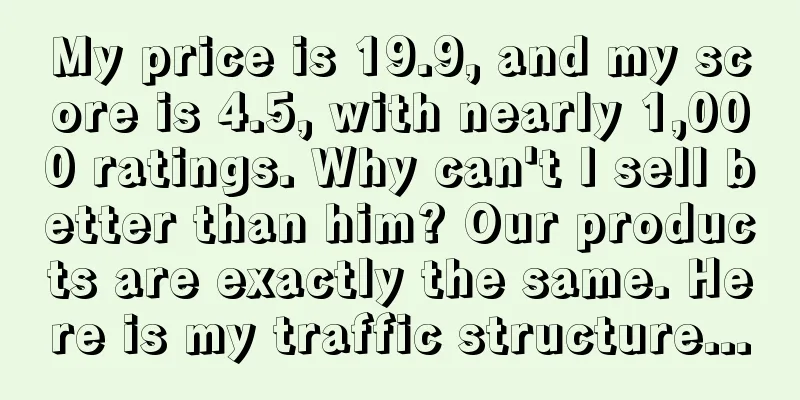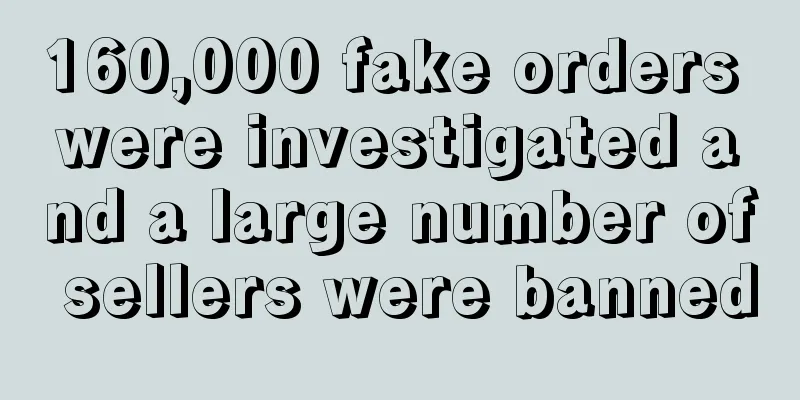Buy five and only keep one? The peak season is not over yet, and sellers are already driven crazy by "returns"

|
According to foreign media reports, foreign consumers have begun to develop such a shopping behavior, that is, buying multiple sizes or colors of the same product at a time, keeping the most suitable and favorite ones after receiving the goods, and then returning the rest to the merchant. This online shopping behavior is called "Bracketing". This is just like another behavior that is very annoying for sellers, that is, consumers buy and receive clothing, wear it once on an important occasion and then apply for a return. This method not only causes economic losses to merchants, but also brings a lot of trouble, especially when the number of orders increases sharply during the peak season. Bracketing is especially prevalent when retailers offer free shipping and free returns because customers perceive the practice as low risk. How many people behave this way? This online shopping behavior is not new. In a 2017 survey of 677 American consumers by customer experience platform Narvar, 40% of respondents said they had made this type of purchase at least once. In addition, clothing is the "hardest hit area" for this type of behavior. Now this proportion is gradually increasing, especially after the epidemic promoted the booming e-commerce market. In a survey of 1,004 American consumers by Narvar this month, 58% of respondents said they had such online shopping behavior. For sellers, that will mean higher return rates. In 2020 alone, shoppers returned about $100 billion in merchandise purchased online, according to the National Retail Federation. What impact does it have on sellers? While shipping and returns may be free for customers, they are not free for retailers. Sellers must get items back from customers via carriers such as UPS or the U.S. Postal Service, sort the items to determine if they are the correct product, if they have been used, and then decide if the product can be resold. In this process, the seller needs to bear the labor required to pack the product, fulfill the order, and the shipping costs to get the product to your door. The Wall Street Journal reported that this process may cost $10 to $20 per return, not including shipping costs. But not every retailer sees returns as a negative behavior. Some sellers see the returns process as an opportunity to further engage with customers to enhance the overall consumer experience, wrote Mark Matthews, NRF's vice president of research development and industry analysis. In addition, this behavior will also cause environmental pollution and waste of resources. Data shows that the carbon dioxide generated by e-commerce returns in 2019 is equivalent to the annual driving volume of 3 million cars. At the same time, some non-resalable goods such as underwear and cosmetics have a loss of more than 5 billion pounds of goods each year due to returns. How should sellers respond? Seeing this, the editor just wants to say one thing, won’t the buyers’ conscience hurt? Although this behavior can only be improved by improving personal quality, sellers can use some methods to minimize the occurrence of such returns. Providing consumers with features such as size charts or specific measurements, accurate product photos and descriptions, and reviews from other customers can help prevent returns, as can showing items on models with different body shapes, Narvar found in its November survey. Some retailers have come up with their own solutions to slow the influx of returns, such as Amazon and Walmart, which allow buyers to keep their unwanted items and get a refund; others are working with third-party companies, such as UPS-owned Roadie or Happy Returns, which works with FedEx, to help return items to the correct address. Editor ✎ Xiao Zhu/ Disclaimer: This article is copyrighted and may not be reproduced without permission. |
Recommend
What is ACOS007? ACOS007 Review
Acos007 is an Amazon advertising operation softwar...
What is WinningDSer? WinningDSer Review
WinningDSer is a professional dropshipping tool th...
What did Amazon say at the summit? Four key points to tell you
Yesterday (December 11 ), the 2019 Amazon Global ...
More than 60% of food consumers buy online! Online buyers are more loyal!
According to a new survey of more than 700 U.S. ad...
What is Skrill? Skrill Review
Skrill, formerly known as moneybookers, is a Briti...
Latest research: Price increases affect 61% of American consumers' online shopping habits
It is learned that on June 20, according to foreig...
The Silicon Valley Bank bankruptcy has brought about major shocks to cross-border e-commerce.
It is learned that on March 10th local time, accor...
What is Sorftime? Sorftime Review
As a brand of FilTime, a global online data soluti...
Soaring by more than 30,000%! Jiuan Medical's net profit in the first quarter of 2022 is expected to reach 14 billion!
In the first half of 2021, Amazon's account ba...
What is compliance? Compliance assessment
Compliance (Compliance Troubles) refers to the con...
The New York government helped consumers recover nearly $3 million! Crack down on illegal transactions!
<span data-shimo-docs="[[20,"获悉,据外媒报道,在202...
Walmart lays off 1,500 employees before peak season! Is e-commerce in crisis?
It is learned that on October 11, Walmart announce...
What is Wanfang Network? Wanfang Network Review
Shenzhen Wanfang Network Co., Ltd. is a cross-bord...
What is UPS (United Parcel Service)? UPS (United Parcel Service) Review
UPS (United Parcel Service) is a global express de...
What is Solidcommerce? Solidcommerce Review
Solidcommerce is a complete end-to-end online sale...









